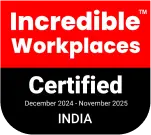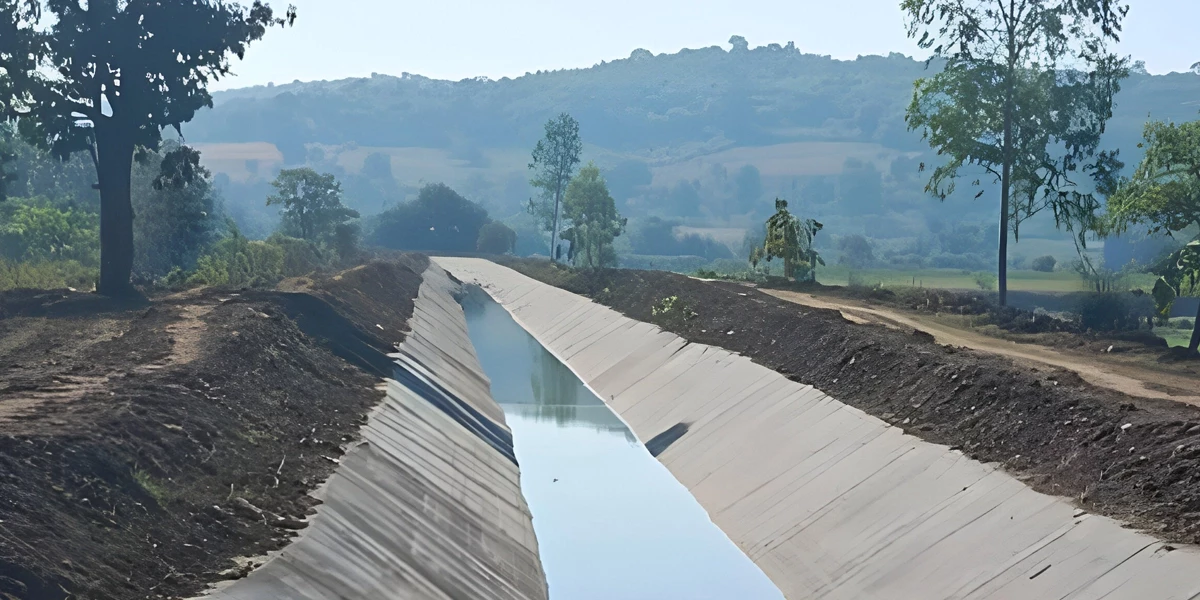

Dimensional water management functions as the essential support system for sustainable agriculture operations. The proper lining of irrigation canals stands as one of the essential yet disregarded elements within irrigation systems. Water distribution becomes less efficient when canal irrigation systems lack lining because seepage combined with erosion and evaporation causes major water loss. The application of proper canal lining types enables farmers and water management authorities to boost sustainability together with resource conservation while improving agricultural output.
The excessive seepage of water from unlined canals makes them extremely inefficient because it results in avoidable water loss. Groundwater depletion through unwanted water loss combined with increased upkeep expenses and environmental degradation result from this water loss. The necessary solution for these issues involves executing canal lining work. Right liners prevent irrigation system leakage and lower maintenance duties while extending the system's operational life.
Lined canal systems provide a steady water flow pattern while minimizing water stagnation conditions because they minimize the spread of diseases and weed development. Proper canal lining in irrigation improves agricultural productivity and reduces both resource waste and yield maximization for farmers.
Choose the optimal canal lining types matter based on three main considerations which consist of ground composition, regional climate conditions, and financial constraints. Different canal lining solutions prove successful for effective water containment through the following list:
Concrete canal lining stands as an enduring and common water loss prevention method which ensures structural stability.
Advantages:
Challenges:
Clay lining involves compacting clay-rich soil to create a natural, impermeable barrier.
Advantages:
Challenges:
In all different types of canal lining, Geomembranes represent a contemporary high-effect solution that employs synthetic substances such as high-density polyethene (HDPE) or polyvinyl chloride (PVC).
Advantages:
Challenges:
High-performance irrigation systems utilize the advanced lining technology that combines geomembrane and bitumen components in BGM systems.
Advantages:
Challenges:
With its position as an innovation leader in water management, Yooil Envirotech delivers advanced canal lining systems to customers. The company provides expert irrigation services which deliver efficient and sustainable irrigation through the following measures:
The company Yooil Envirotech maintains a reputation for delivering innovative, sustainable solutions of high quality. Their solutions cater to:
By integrating the latest advancements in canal lining work, Yooil Envirotech ensures that irrigation systems operate at peak efficiency while minimizing environmental impact.
Choosing the right types of canal lining is crucial for sustainable irrigation systems. Whether opting for concrete canal lining, geomembranes, or bituminous solutions, the correct choice ensures reduced water wastage, lower maintenance costs, and improved agricultural productivity.
With Yooil Envirotech at the forefront of canal lining work, irrigation systems can achieve maximum efficiency and sustainability, paving the way for a water-secure future.
For more details on innovative canal lining solutions, visit Yooil Envirotech.
